Twinkling (Scintillation) of Starlight, Technique 1
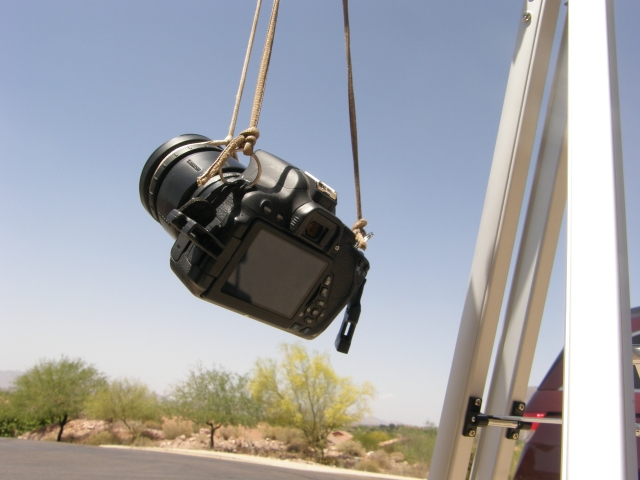
My Canon T4i digital camera is suspended from three strings and is given a slight impulse to start swinging during a time exposure.
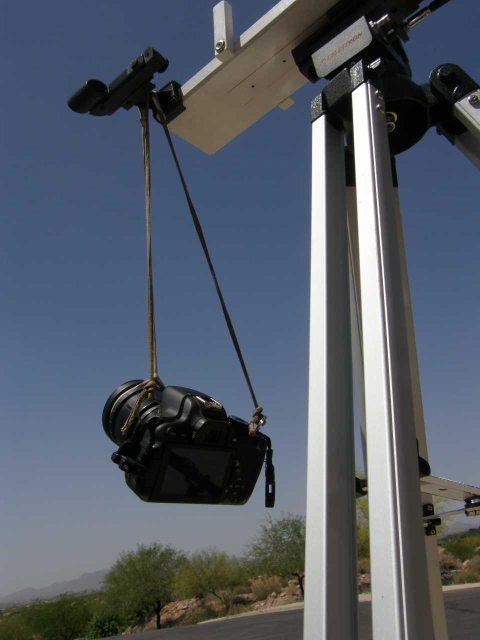
This shows the camera setup for the images that follow.
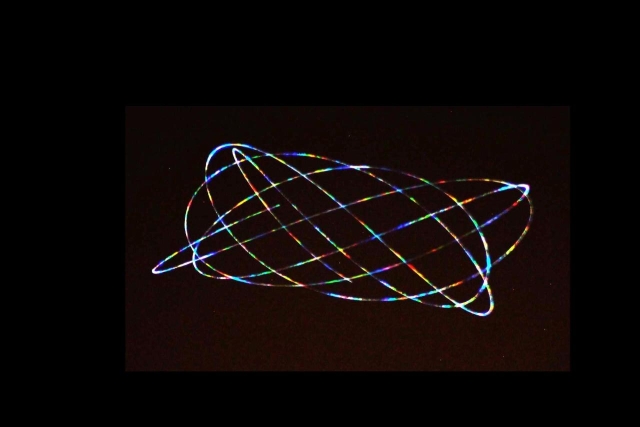
The swinging creates a trail for the image of the bright star Sirius, which changes its color and its brightness due to scintillation (twinkling) caused by the Earth's atmosphere. The complex shape of the star's trace is called a Lissajous figure. All exposures in this section were 8 seconds duration through a 200 mm telephoto lens at f/5.8 and at an ISO setting of 1600.
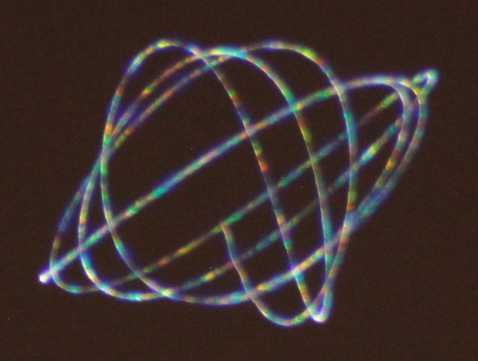
Another impulse, another swing, and another pattern on the twinkling star, Sirius.
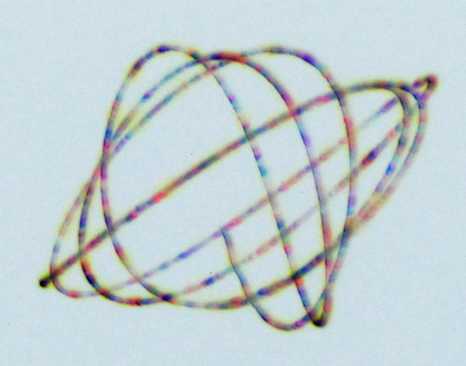
Here I have inverted the colors to produce a negative of the previous image. This shows a dark star in a white sky and makes the variation of colors more evident than in the previous image.
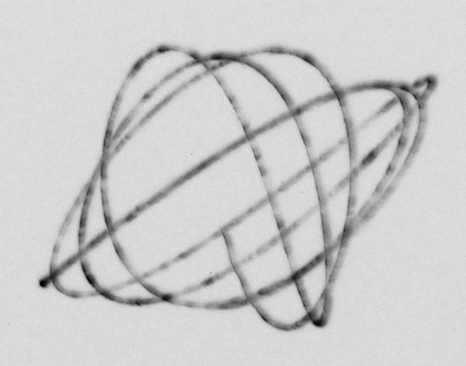
Here I have made a B&W image from the previous image to better render the variation in brightness only.
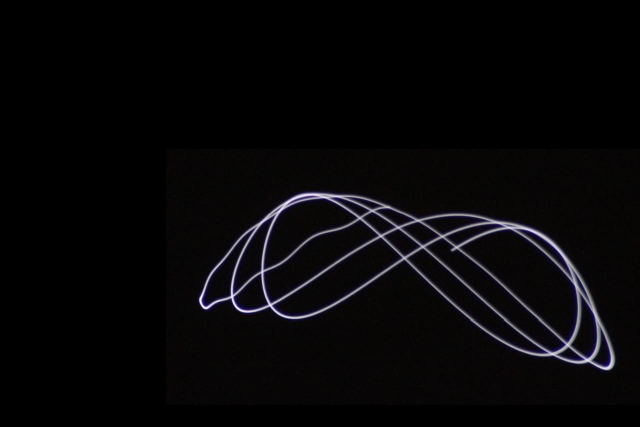
This is a swinging image I made of the planet Jupiter. Notice the constant color and the constant brightness. Planets don't twinkle because they are not point sources of light; rather they are areas of the sky, similar to the Moon, which doesn't twinkle either.




